[[“value”:”
Thank you for reading this post, don't forget to follow and signup for notifications!
David Higginbotham
Suppressing a handgun is not as simple as direct threading your silencer onto the end of a threaded barrel. While the process isn’t overly complex, it does involve an additional component, called a piston. This piston connects the threaded barrel and the suppressor, playing a crucial part in the process of sound suppression.
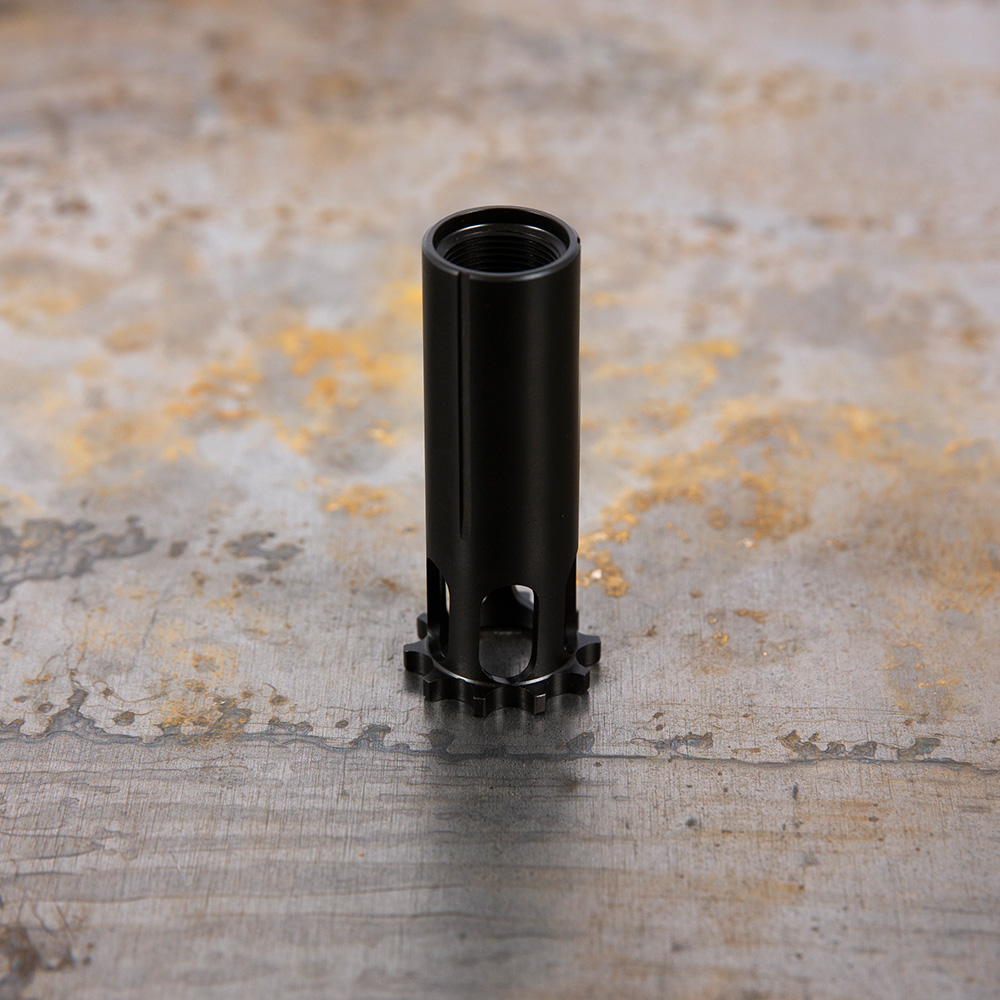
The added complexity has everything to do with the addition of the suppressor. In the short-recoil system used by most centerfire handguns, the barrel and slide recoil together a short distance before the slide continues rearward to cycle the action. The added weight of a suppressor can interrupt that movement and cause malfunctions.
That’s why many suppressed handguns require a piston — an intermediary component that mates the threaded barrel to the suppressor and lets the slide and barrel move as intended. Think of the piston as an unseen shock absorber.
What is a piston?
The piston is a small metal device that acts as the bridge between your handgun and the suppressor. One end is threaded to match the thread pitch of your pistol’s barrel. The other end, the one with teeth, engages with a stiff spring, allowing the gun to counterbalance the weight of the suppressor and function normally.
Sometimes the term “piston” refers to the entire piston assembly — the piston itself, the piston mount, the piston spring, and the piston spring retainer. The spring slides over the piston, the mount compresses it, and the retainer holds everything together. The complete assembly—commonly called a Nielsen device or muzzle booster—screws onto the muzzle of the suppressor and the pistol, forming a physical, flexible link between the two.

How do pistons work?
The first job of a piston is to facilitate the attachment of the suppressor to your gun. The piston’s internal threads engage the barrel’s external threads, creating a secure connection.
But this fixed piston works its magic inside the Nielsen Device. Remember, this piston is also wrapped in a spring. Since the piston isn’t hard mounted inside the Nielsen Device, recoil drives the slide and barrel backwards as intended. The piston moves too, but the suppressor stays in place, momentarily, as the spring compresses.
If the slide travels far enough to eject the spent case, the recoil spring then returns the slide to battery while the spring in the Nielsen Device pushes the piston, resetting the suppressor into alignment for the next shot.
Because the piston and spring absorb and counter the suppressor’s extra mass, they prevent the added weight from slowing or disrupting the short-recoil cycle, enabling reliable function at firing speeds.
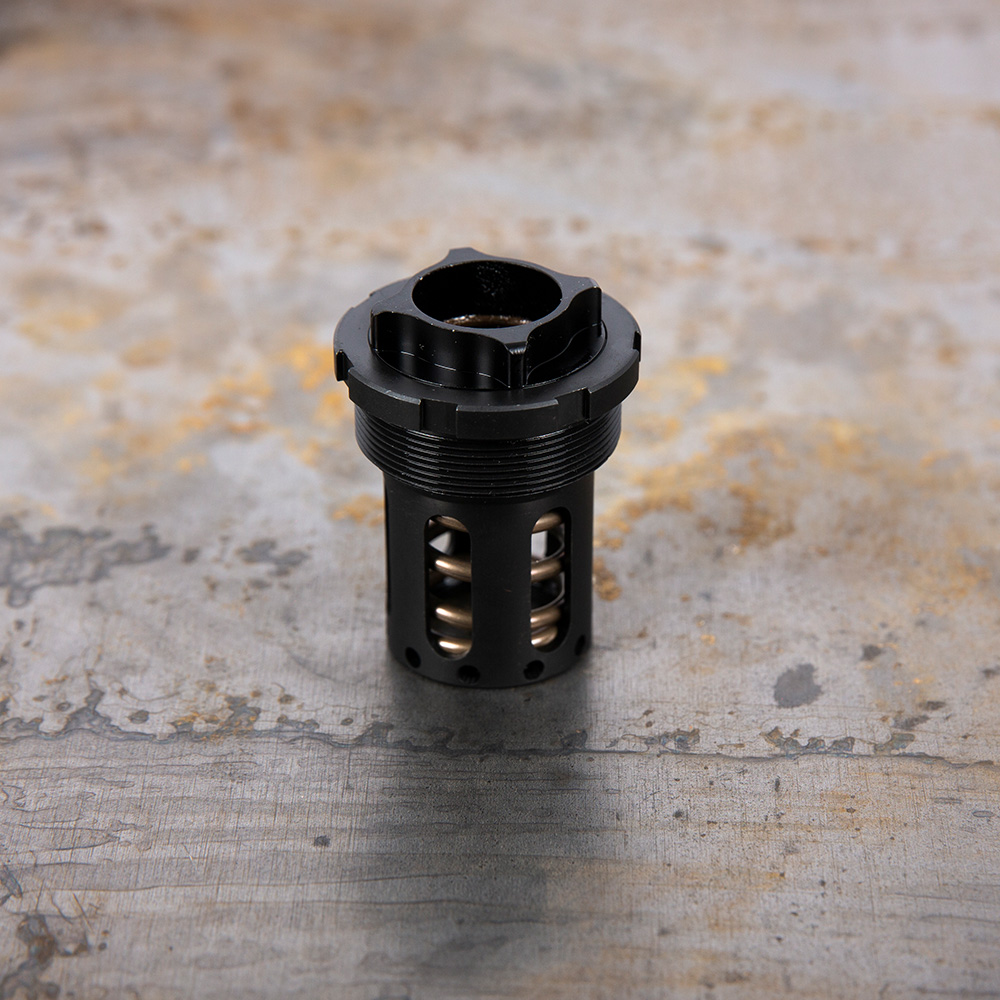
What’s the difference between an XL, Standard, and SN piston?
A standard piston is the prevailing choice for use with short-recoil handguns, relying on the barrel’s shoulder for alignment. This design provides sufficient clearance for the weapon to function properly without the need for additional length.
The XL variety is an extended piston meant for guns that need additional clearance between the threaded barrel and the frame. An XL’s additional length may be essential in situations where the suppressor could come into contact with the guide rod or slide. An XL piston can provide that extra clearance and keep the moving parts from slamming into each other.
The SN piston is different. SN stands for “shoulder nose.” While it sounds like a rare form of deformity, it is actually a piston engineered to align with the muzzle rather than the barrel’s shoulder. The design is used on handguns that were designed without a prominent shoulder to index against. While this is less common, some smaller guns—like the Sig Sauer P365 and Glock 48—can benefit from an SN piston.
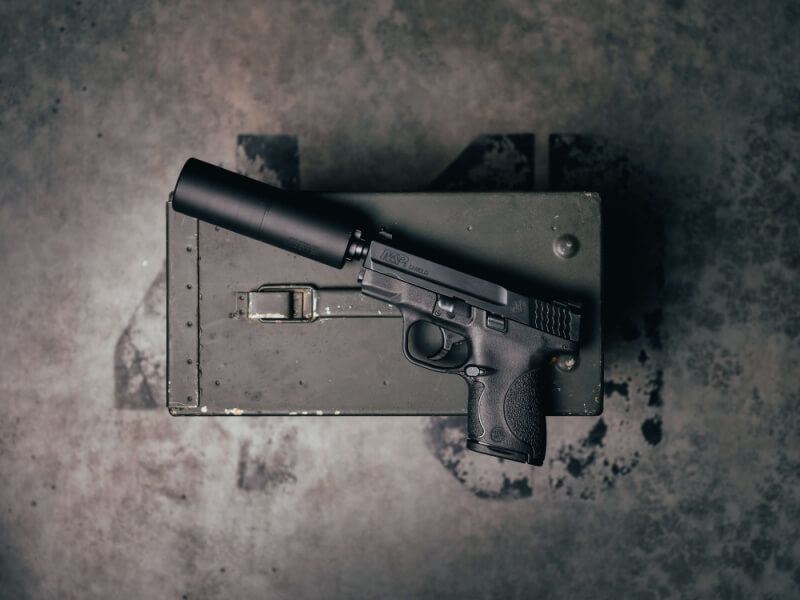
How To Choose a Piston
When choosing a suppressor piston, it’s crucial to factor in both the operational space required by the suppressor and your gun, as well as how the suppressor aligns with the barrel. These considerations will help you choose the appropriate piston variant — whether it’s an XL, Standard, or SN model.
Understanding thread pitches is equally important. There are both standard and metric units of measure—often determined by either the country of manufacture or the intended market of sale.
Thread pitch doesn’t correspond exactly to the caliber of your firearm, though there are many commonalities that would suggest otherwise. A 9mm barrel commonly uses a 1/2x28mm thread pitch — but not always. Some SIG Sauer pistols utilize a 13.5x1LH pitch.
Matching the thread pitch to the barrel should — in almost every circumstance, provide the clearance you need for a given caliber, but it never hurts to confirm that everything lines up.
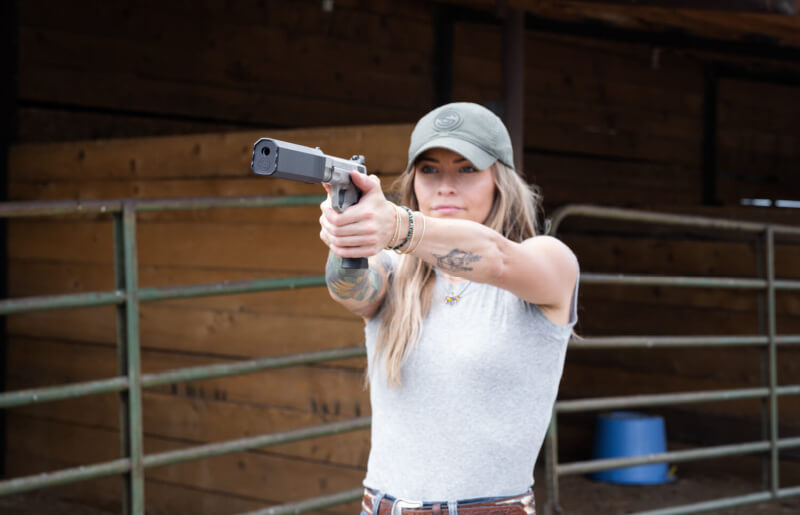
What is a Fixed Barrel Spacer?
A fixed barrel spacer acts as a shim, of sorts, and replaces the spring in a Nielsen device. It is cut precisely to fill the spring’s space, locking up the Nielsen Device and removing the flex once allowed by the spring. That change — from a spring‑loaded, flexible link to a rigid spacer — alters how the suppressor behaves on the gun, and it becomes important when you switch from typical handguns to fixed‑barrel platforms.
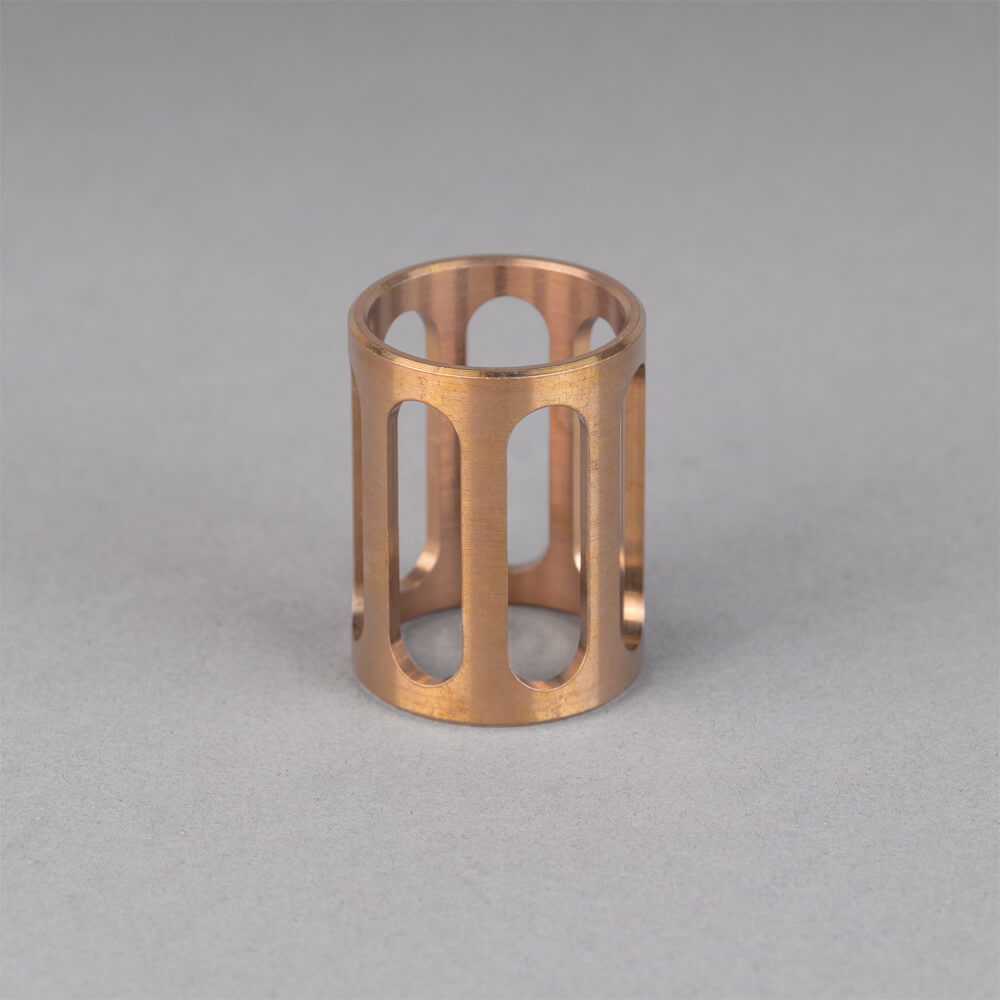
Let’s say you want to run an Osprey 2.0 on a Kel-Tec Sub2K or a 9mm PCC. In this case, you wouldn’t want to use a full Nielsen Device because barrels don’t need a full Nielsen Device. If your suppressor supports a direct‑thread mount (for example, the Hybrid 46M), you can swap to a direct‑thread configuration and be done.
Final Thoughts
A piston is a valuable yet often underestimated accessory for your firearm—suppressor setup. Make it a priority to choose reliable a piston from a reputable company with a history of high-quality products. SilencerCo offers an extensive selection of pistons for various thread pitches and lengths.
David Higginbotham
The post What Is a Suppressor Piston and How Does It Work? appeared first on SilencerCo.
“]]



